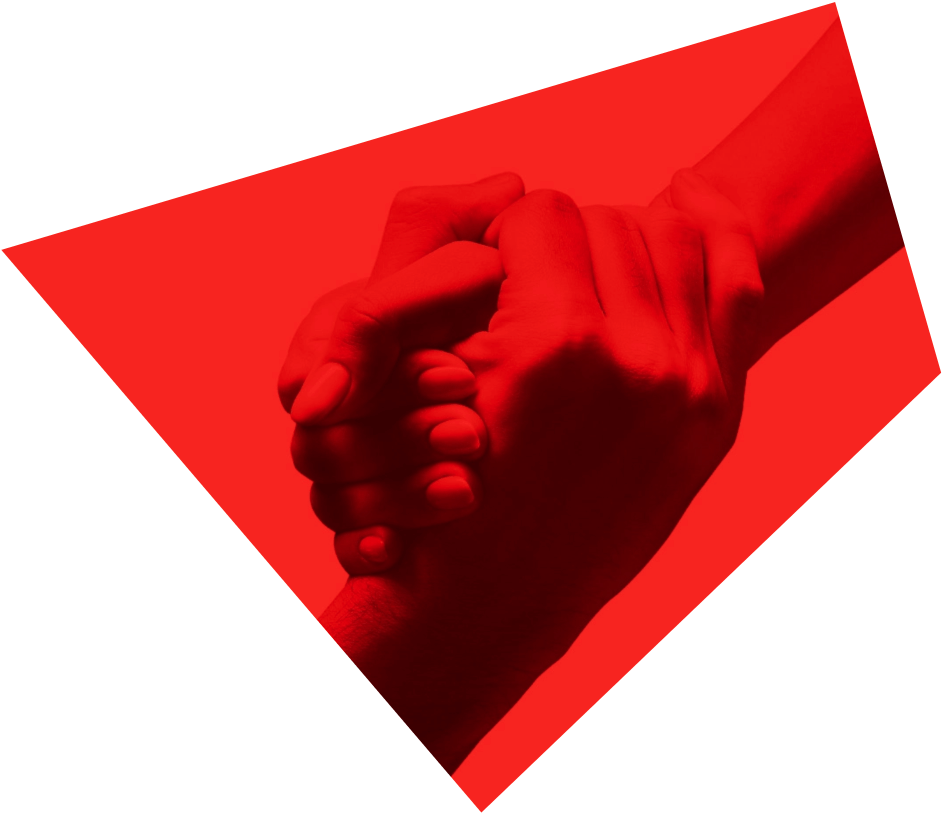This editorial first appeared in the Toronto Star on October 27, 2019.
So, just what happened on Monday night and how did we end up with the most divided and regionalized Parliament we have seen in recent memory?
In my view, it was the utterly predictable outcome of the campaign our leaders chose to run.
The result? For some Canadians, this was the “Seinfeld” campaign — a campaign about nothing. To others, it was a campaign about everything, except what mattered. And for still others, it was a campaign about micro items designed to help you get ahead or to allow you to have your turn.
What it wasn’t was a campaign around big ideas for a better future, for a more cohesive union or a more prosperous, just and responsible society.
And so, Canadians listened to what was put on offer by their leaders and voted accordingly. When they did, they voted in their narrow, parochial and regional interests rather than in the interests of the country as a whole or, aspirationally, for what Canada could be.
In short, they voted for what was best for them; not what was best for us. The consequence? A map of virtually irreconcilable differences. At the same time, by handing Justin Trudeau a minority government, voters took away many of the tools a government could have used to heal these divisions.
The prime minister’s first order of business — a tax cut for the middle class — is unlikely to face serious resistance in the house but from there on out, things will only get more complicated.
Consider other Liberal priorities. An assault weapons ban, higher carbon reduction goals and a potential increase in immigration. Each will enrage a different part of Canada where tensions are already reaching a breaking point.
The complications will only continue to worsen. The Liberals will need to rely on the support of the NDP caucus to govern, the very MPs who are staunchly opposed to the steps needed to effect Western reconciliation. Even beyond pipeline politics, that informal partnership will frustrate the government’s outreach to Alberta and Saskatchewan.
Faced with a minority house, the temptation will be for each party leader to bring a laundry list of asks and for the horse trading to begin. This will simply result in more of what we have now: small, incremental policies that are the result of back room dealing and electoral trade-offs.
What’s more, their continued focus on regional issues will only serve to exacerbate the divisions that were revealed on Monday. And even worse, as Canadians see their politicians delivering for the narrow interests of other constituencies, they will expect the same.
Then there is the increasingly urgent need to deal with the growing issue of “Wexit.” The anger and anxiety that propels those feelings is not going away anytime soon, and it is up to Trudeau to show Albertans their place in his vision for Canada.
At the same time, he will need to deal with the priorities of a newly resurgent Bloc Québécois and all that means. Not to mention the economic development challenges of Atlantic Canada and the increasingly high priority of matters green in B.C.
Many doubt that balancing all of this will even be possible, but the prime minister certainly has to try. He knows, all too well that the project of Confederation is too fragile, too hard-won and certainly too important to be allowed to fall to the whims of our current politics.
And so, the Liberals have their work cut out for them.
As a returning government, they have much to do to complete initiatives from their first mandate. But as a new government, they will have to acknowledge that Canadians have sent them back to work with both a different set of expectations and a different set of tools.
And that means looking at the map of Canada in a way they have not had to before. And seeking to find those ideas, initiatives and policies that will reach across the divisions that were exposed on Monday night.
The government’s — and the prime minister’s — ability to do just that will be the biggest predictor of their success in the polls next time out and in the history books yet to be written.
